Related Research Articles

Eric Alfred Leslie Satie, who signed his name Erik Satie after 1884, was a French composer and pianist. He was the son of a French father and a British mother. He studied at the Paris Conservatoire, but was an undistinguished student and obtained no diploma. In the 1880s he worked as a pianist in café-cabaret in Montmartre, Paris, and began composing works, mostly for solo piano, such as his Gymnopédies and Gnossiennes. He also wrote music for a Rosicrucian sect to which he was briefly attached.
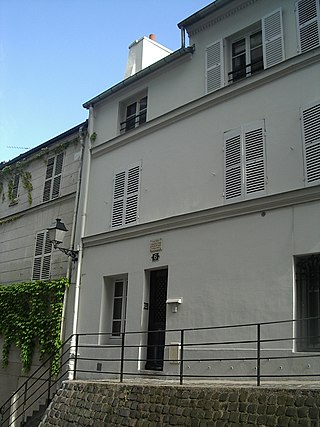
The Musée-Placard d'Erik Satie was a miniature museum dedicated to composer Erik Satie (1866–1925). Founded in 1983 and curated by veteran Satie scholar Ornella Volta, it was located in the 18th arrondissement of Paris at 6 Rue Cortot, Montmartre, France.
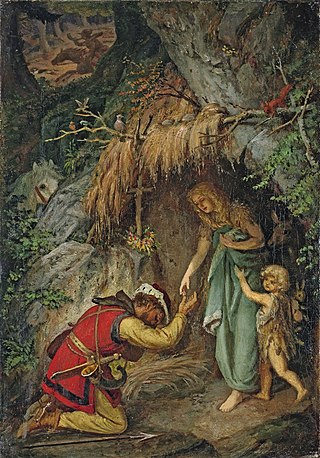
Geneviève de Brabant is a theatre piece composed around 1900 by Erik Satie. The score was intended as incidental music for a three-act comedy in verse and prose by J. P. Contamine de Latour, based on the medieval legend of Genevieve of Brabant. Unproduced at the time, its existence was not discovered until after Satie's death in 1925.

The Enfantines are three sets of beginner piano pieces by Erik Satie, "written with the aim of preparing children for the sound patterns of modern music." They were composed in October 1913 and published the following year. Two additional sets were published posthumously.
La belle excentrique is a dance suite for small orchestra by French composer Erik Satie. A parody of music hall clichés, it was conceived as a choreographic stage work and by modern standards can be considered a ballet. Satie gave it the whimsical subtitle "fantaisie sérieuse". It was premiered at the Théâtre du Colisée in Paris on June 14, 1921, conducted by Vladimir Golschmann. The composer later arranged it for piano four hands.

The Messe des pauvres is a partial musical setting of the mass for mixed choir and organ by Erik Satie. Composed between 1893 and 1895, it is Satie's only liturgical work and the culmination of his "Rosicrucian" or "mystic" period. It was published posthumously in 1929. A performance lasts around 18 minutes.

The Danses gothiques is an 1893 piano composition by Erik Satie, one of the works of his "Rosicrucian" or "mystic" period. It was published posthumously in 1929. A performance lasts around 12 minutes.
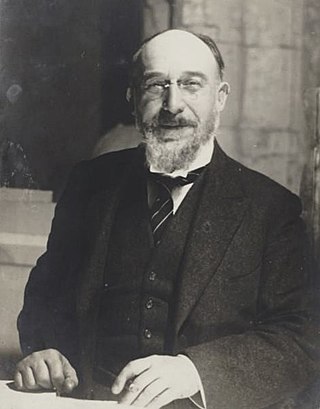
The Cinq grimaces pour Le songe d'une nuit d'été is a set of incidental music pieces for orchestra by Erik Satie. Composed in 1915 for a planned circus-style staging of Shakespeare's play A Midsummer Night's Dream, it marked the composer's first collaboration with author Jean Cocteau. The production failed to materialize and Satie's music went unperformed in his lifetime. His score was published posthumously in 1929.

Sports et divertissements is a cycle of 21 short piano pieces composed in 1914 by Erik Satie. The set consists of a prefatory chorale and 20 musical vignettes depicting various sports and leisure activities. First published in 1923, it has long been considered one of his finest achievements.
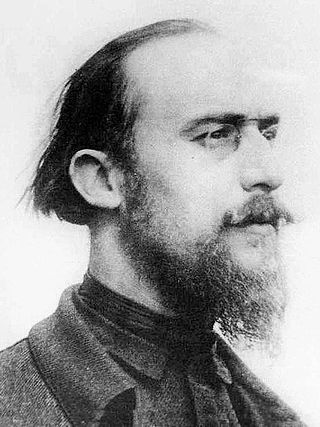
Trois morceaux en forme de poire is a 1903 suite for piano four hands by French composer Erik Satie. A lyrical compendium of his early music, it is one of Satie's most famous compositions, second in popular recognition only to the Gymnopédies (1888). The score was not published until 1911. In performance it lasts around 14 minutes.

The Préludes flasques – Flabby Preludes – is a set of four piano pieces composed in July 1912 by Erik Satie. In performance it lasts about 5 minutes.
Jean-Pierre Armengaud is a French music educator, musicologist, researcher and pianist.

The Véritables Préludes flasques is a 1912 piano composition by Erik Satie. The first of his published humoristic piano suites of the 1910s, it signified a breakthrough in his creative development and in the public perception of his music. In performance it lasts about 5 minutes.
Raoul Bardac was a French classical composer and pianist.

The Petit prélude de 'La Mort de Monsieur Mouche'(A Little Prelude to "The Death of Mr. Fly") is a 1900 piano composition by Erik Satie. It was written to introduce a three-act play by J. P. Contamine de Latour, writing under the pseudonym "Lord Cheminot". The play itself is lost and Satie's music went unpublished for many years. In performance the piece lasts under 2 minutes.

Croquis et agaceries d'un gros bonhomme en bois, translated as Sketches and Exasperations of a Big Wooden Dummy, is a 1913 piano composition by Erik Satie. One of his pre-World War I humoristic suites, it was published by E. Demets that same year. Ricardo Viñes gave the premiere during a concert of the Société Nationale de Musique at the Salle Pleyel in Paris on March 28, 1914. A typical performance lasts about five minutes.

Vieux sequins et vieilles cuirasses(Old Sequins and Ancient Breastplates) is a 1913 piano composition by Erik Satie. One of his humoristic keyboard suites, it was published by the firm E. Demets that year but not premiered until 1917. In performance it lasts about 5 minutes.
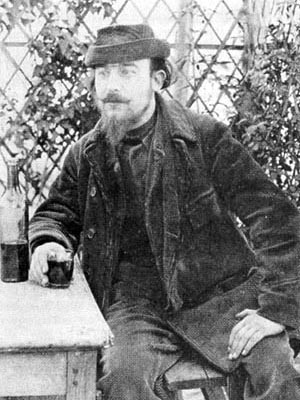
Verset laïque et somptueux(Secular and Sumptuous Verse) is a pièce d'occasion for piano composed in 1900 by Erik Satie. With it he bid an ironic farewell to the style of his "Rosicrucian" or "mystic" period, which he ultimately dismissed as "musique à genoux". It was written for an ephemeral publication and never performed in Satie's lifetime.

Le Bœuf Angora(The Angora Ox) is an unfinished tone poem composed around 1901 by Erik Satie. Based on a tale by Lord Cheminot, it was his first attempt at writing for large orchestra. The original score has never been published, though Satie reused a portion of it as the Redite movement of his Trois morceaux en forme de poire (1903). Today the existing work can be heard in a reconstruction for solo piano. In performance it lasts about 8 minutes.

Le poisson rêveur(The Dreamy Fish) is an unfinished tone poem for solo piano composed between 1900 and 1901 by Erik Satie, based on a tale by "Lord Cheminot". The text does not survive and Satie's music went unpublished for decades. In performance the piece lasts about 6 minutes.
References
- ↑ "Disparition d'Ornella Volta, grande spécialiste d'Erik Satie". France Musique (in French). 18 August 2020.
- ↑ "Décès d'Ornella Volta". Crescendo Magazine (in French). 17 August 2020.
- ↑ "Ornella Volta la vampirologa amica di Fellini". Il Piccolo (in Italian). 30 December 2016.
- ↑ "Maisons Satie : bienvenue dans l'âme d'Erik Satie". Ville de Honfleur (in French).
- ↑ Melville, Antony (2020-11-01). "Ornella Volta obituary". the Guardian. Retrieved 2022-12-07.
- ↑ "Ornella Volta". France Culture (in French).
- ↑ "Mort d'Ornella Volta, spécialiste de Satie". Forum Opera (in French). 19 August 2020.
- ↑ "Ornella Volta : Une vie consacrée à Erik Satie". Erik Satie (in French). 17 August 2020.
- ↑ Melville, Antony (2020-11-01). "Ornella Volta obituary". the Guardian. Retrieved 2022-12-07.